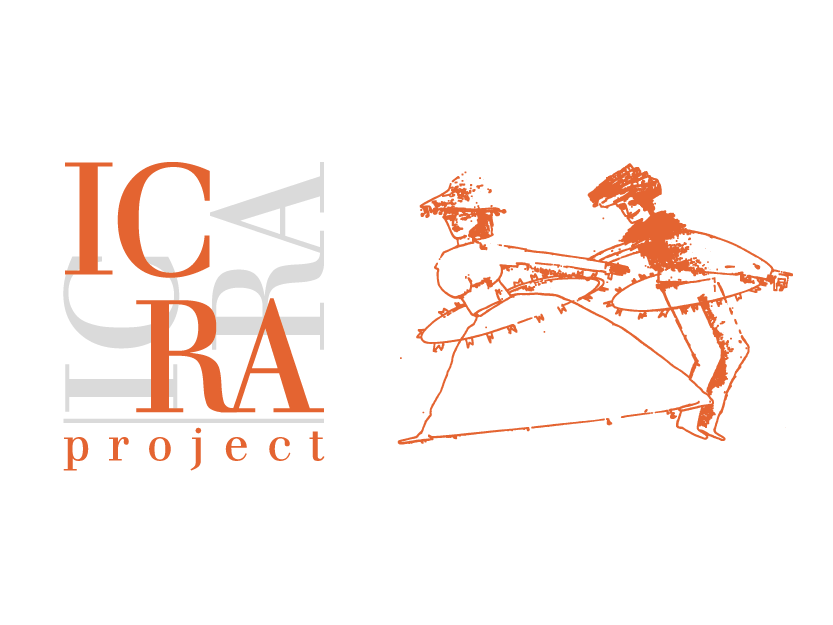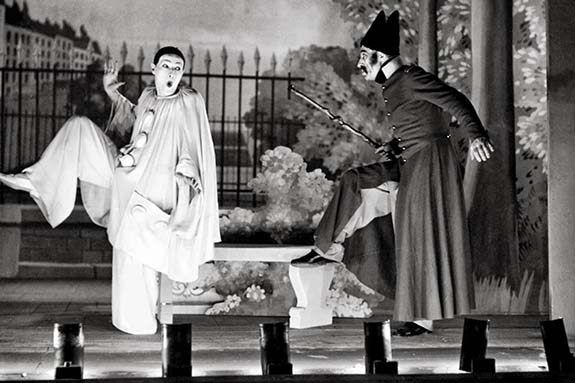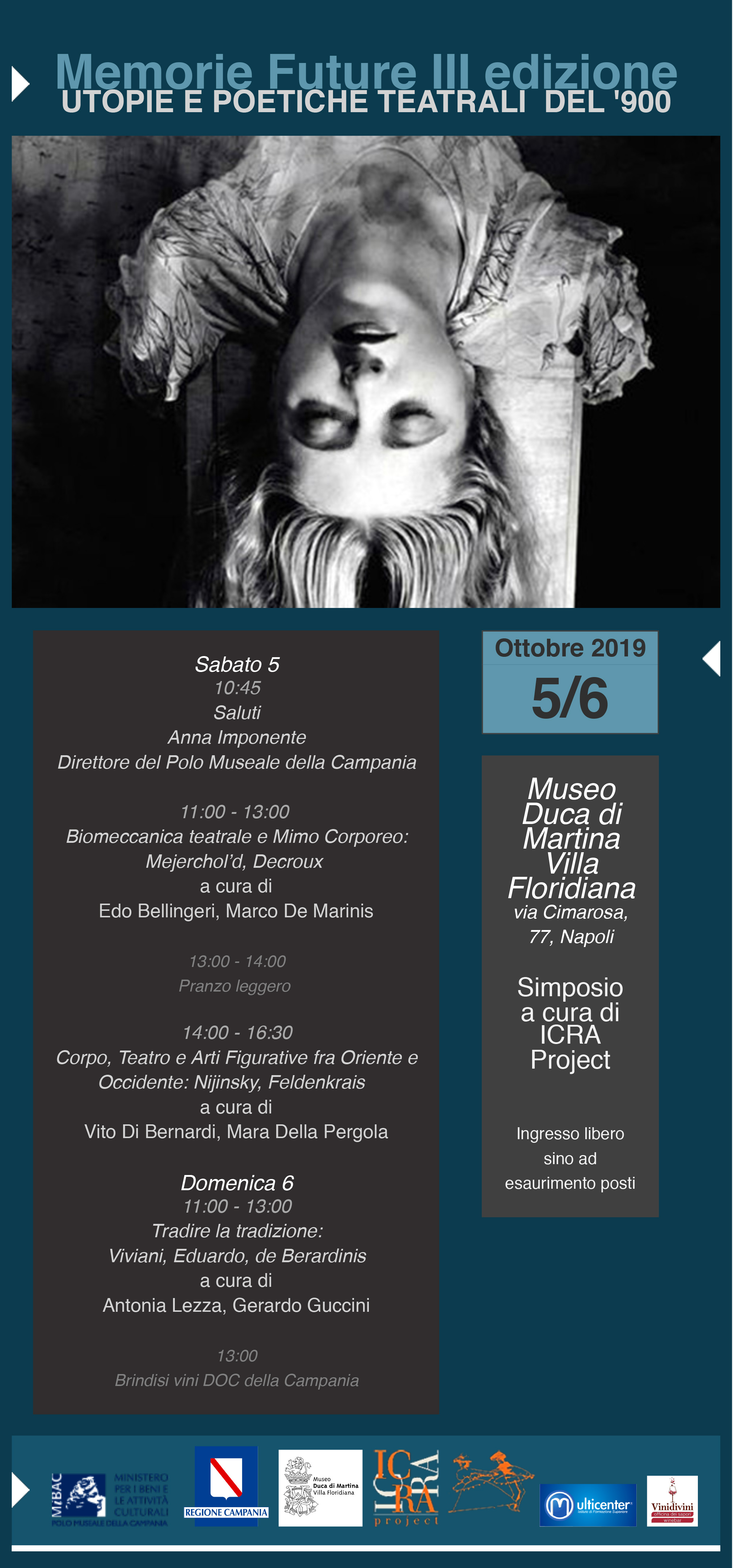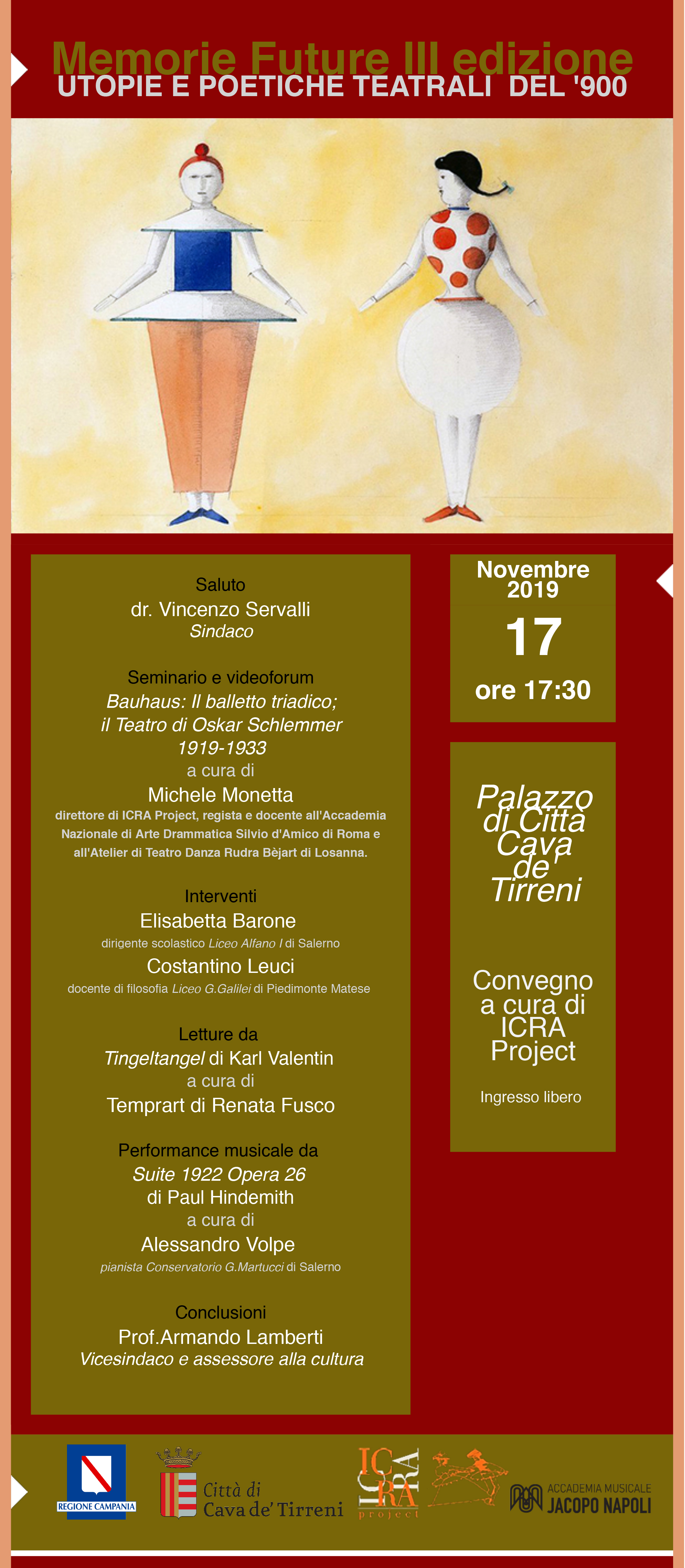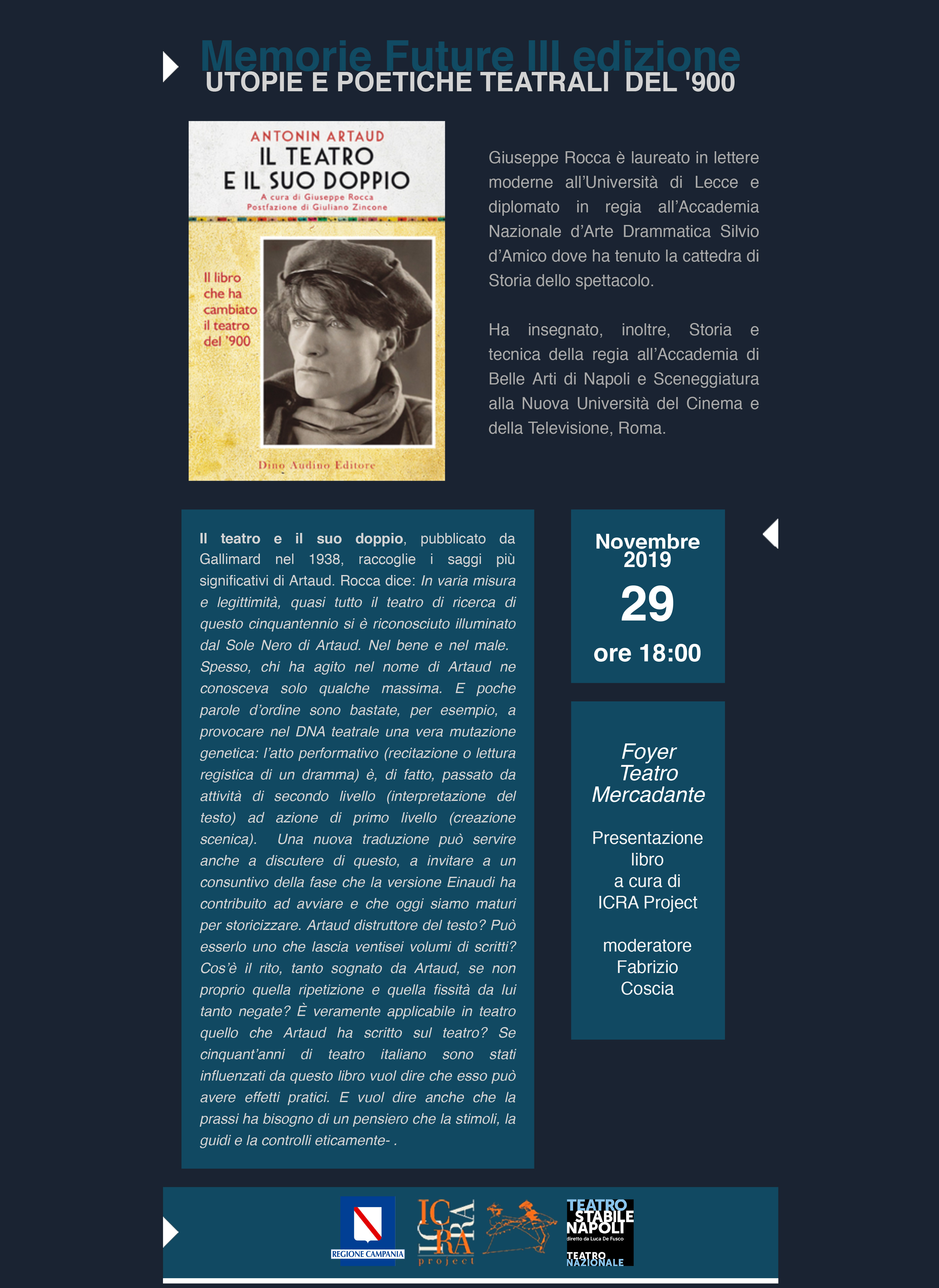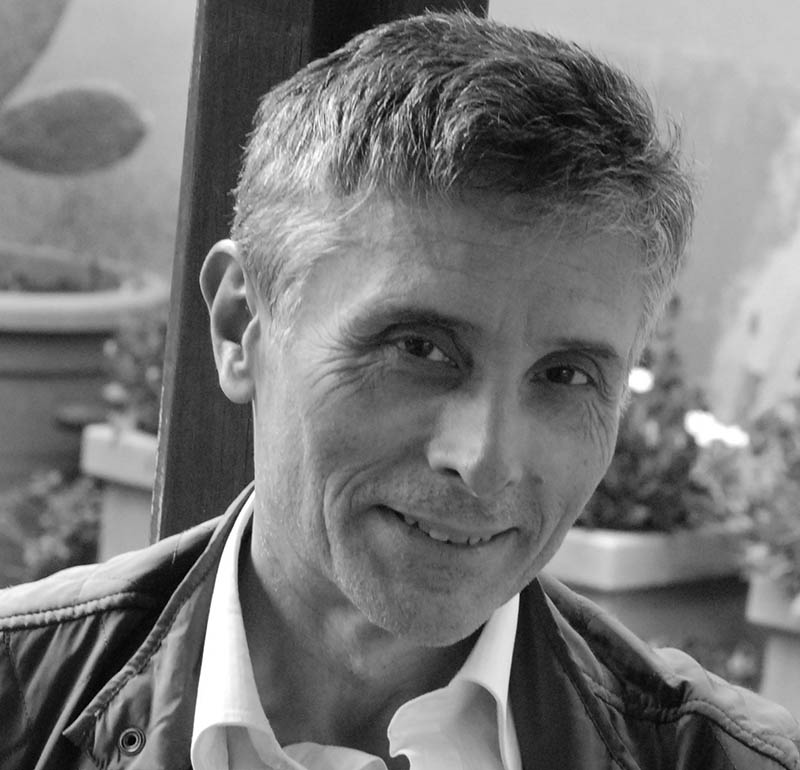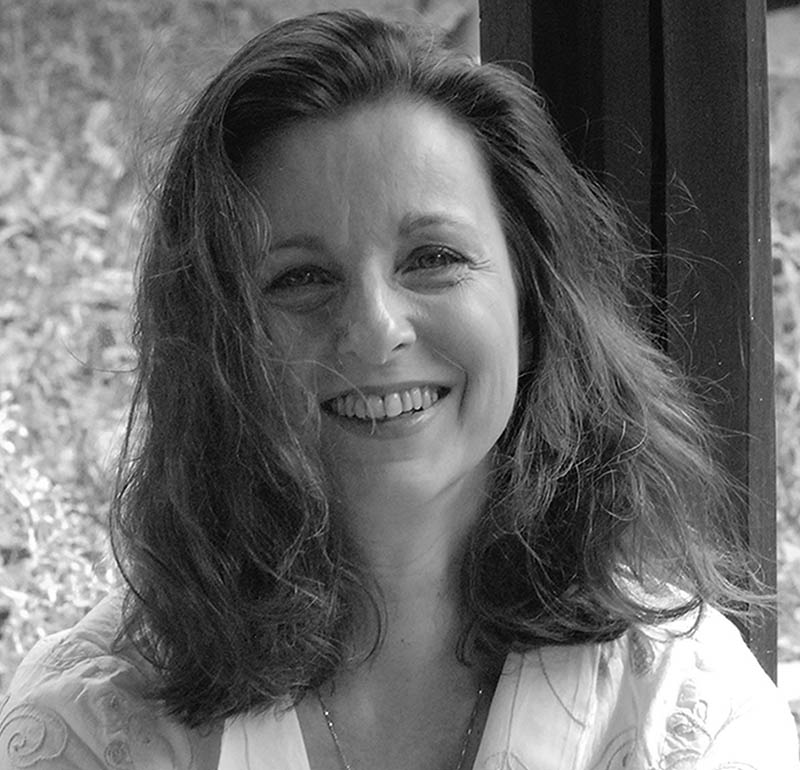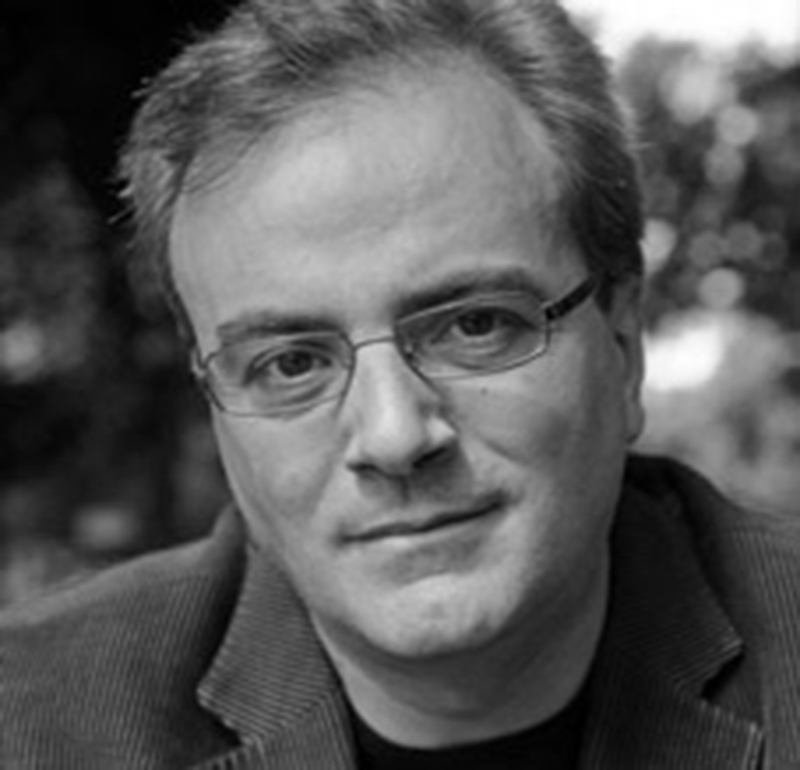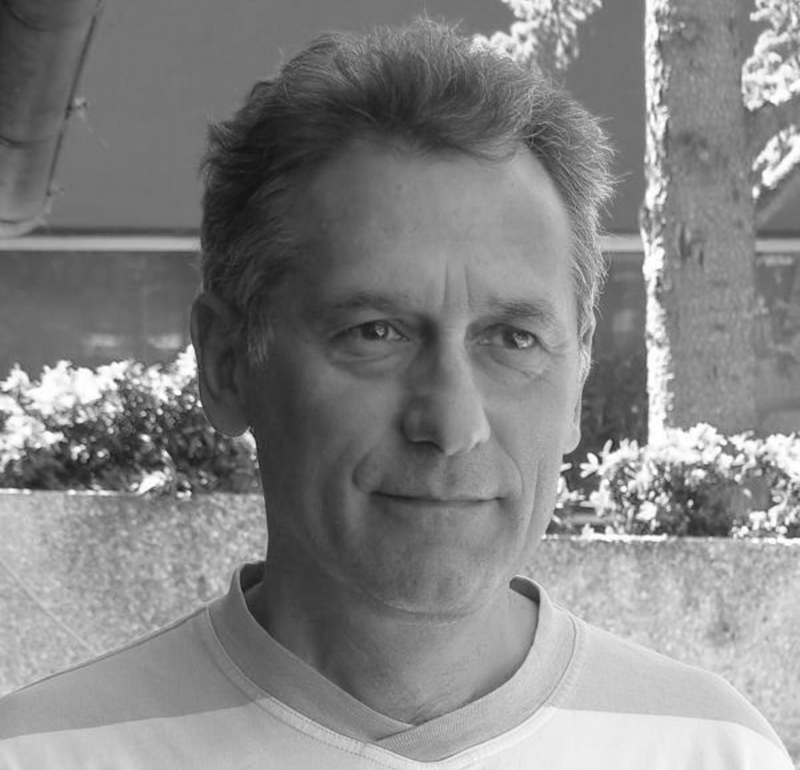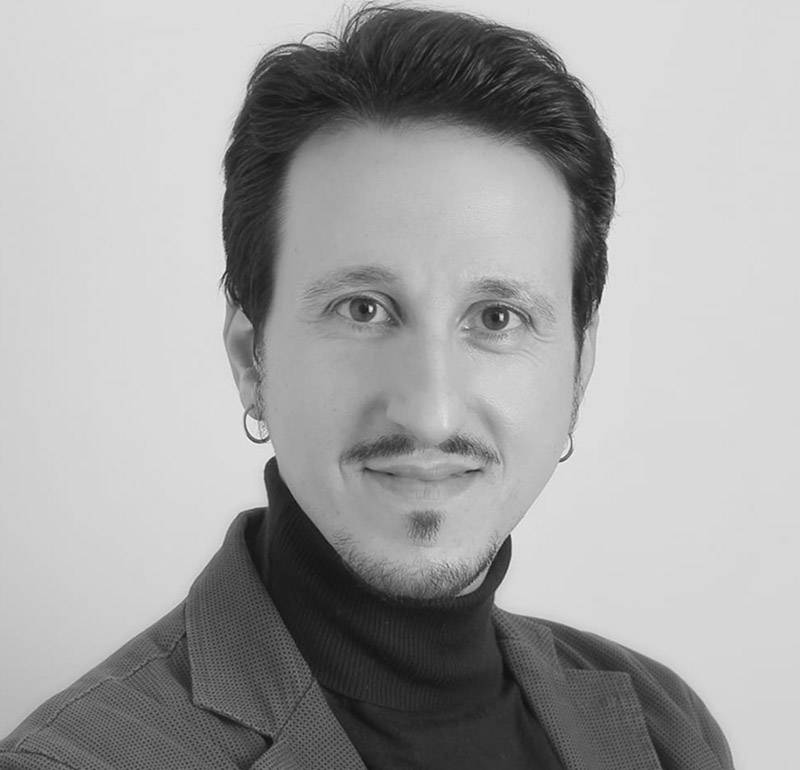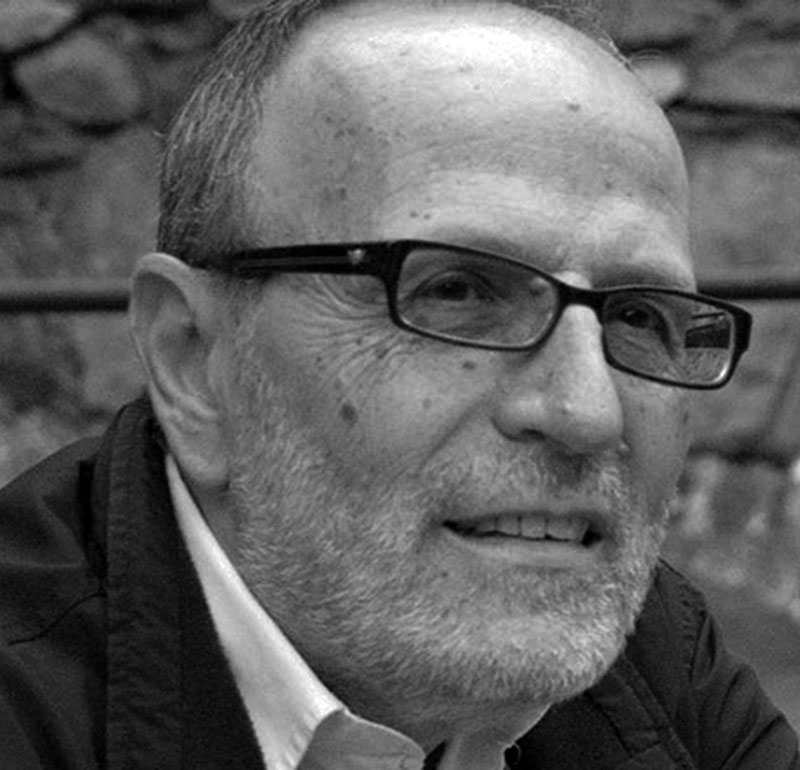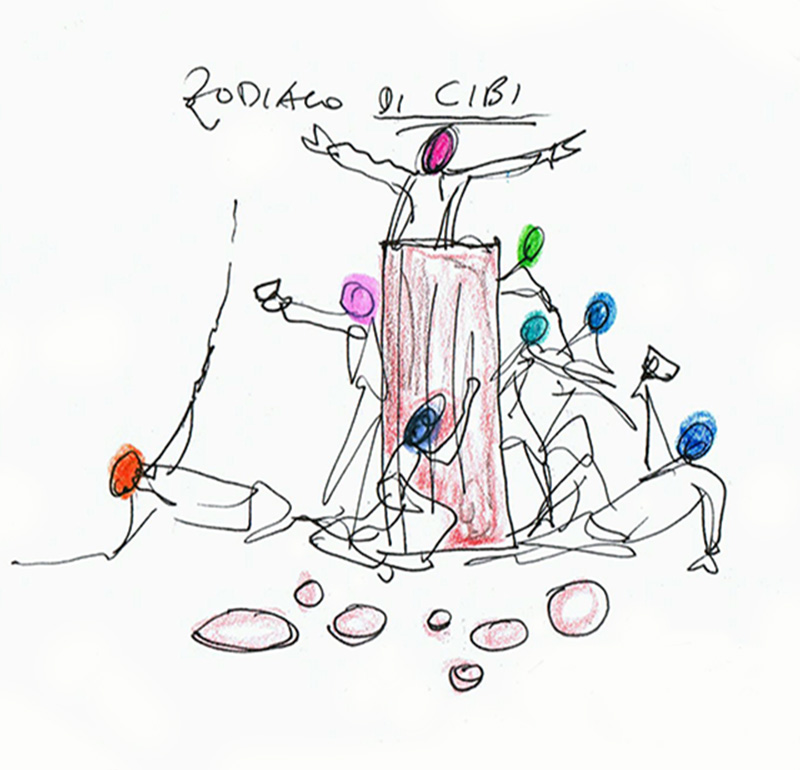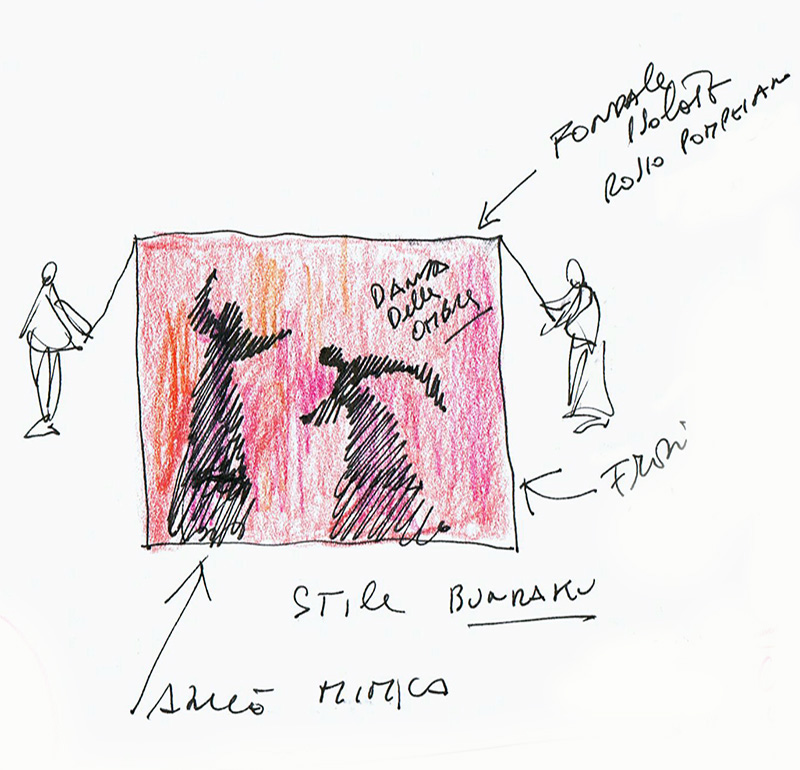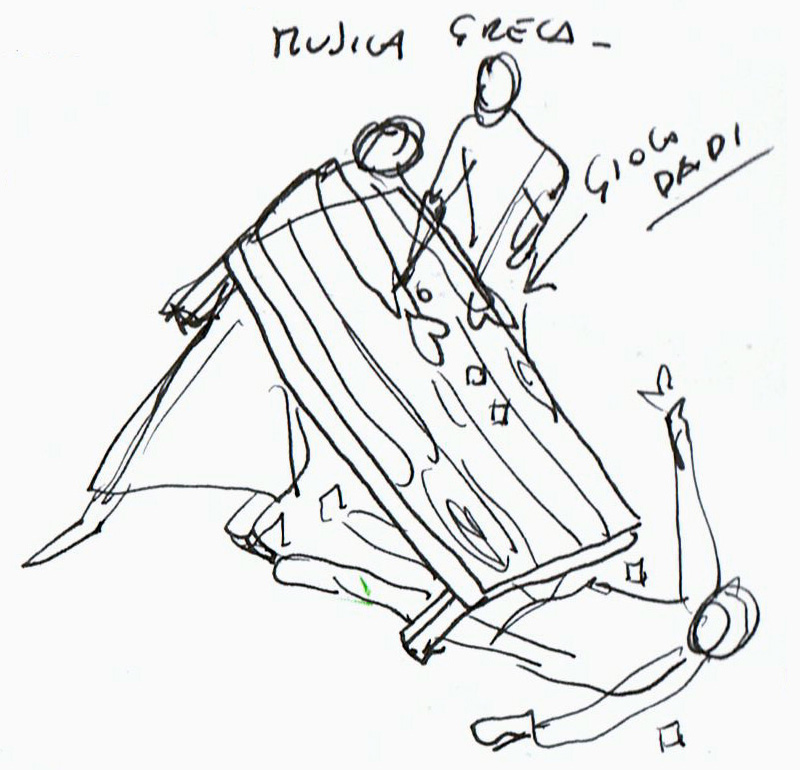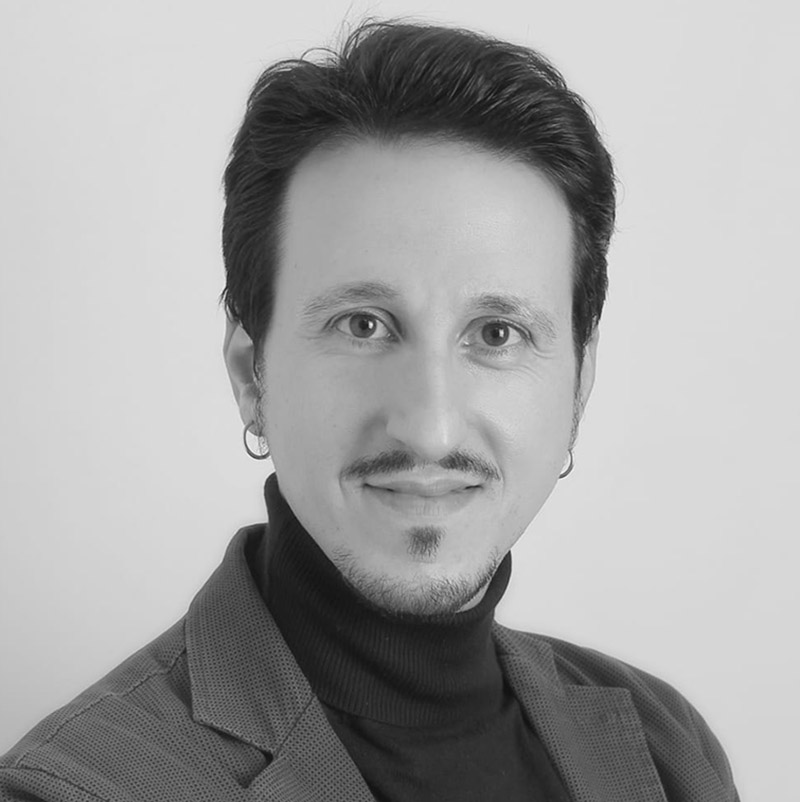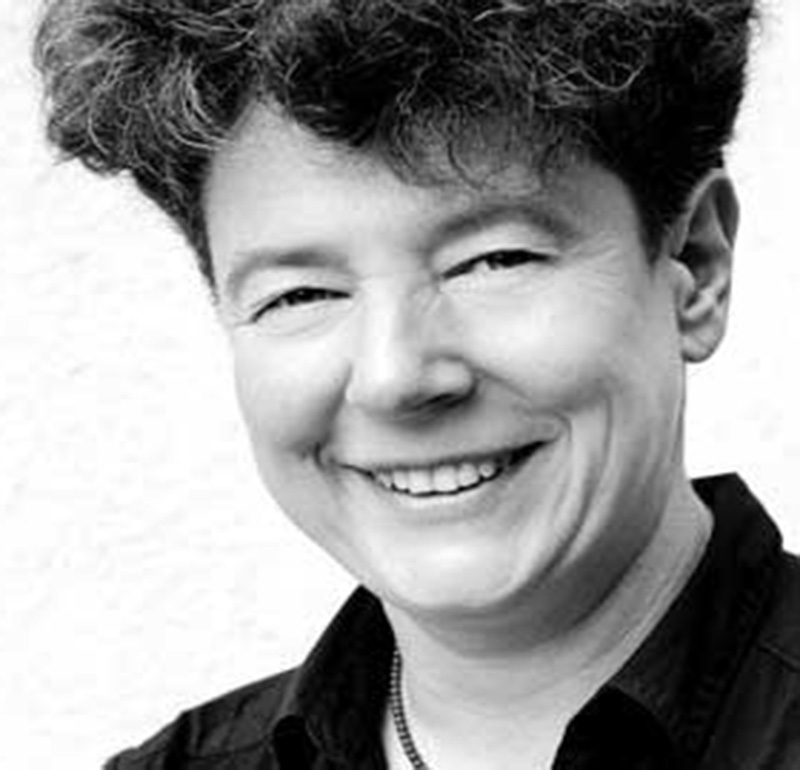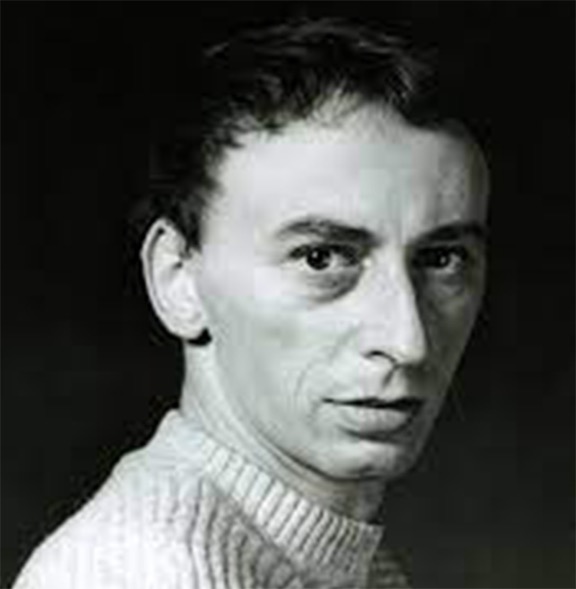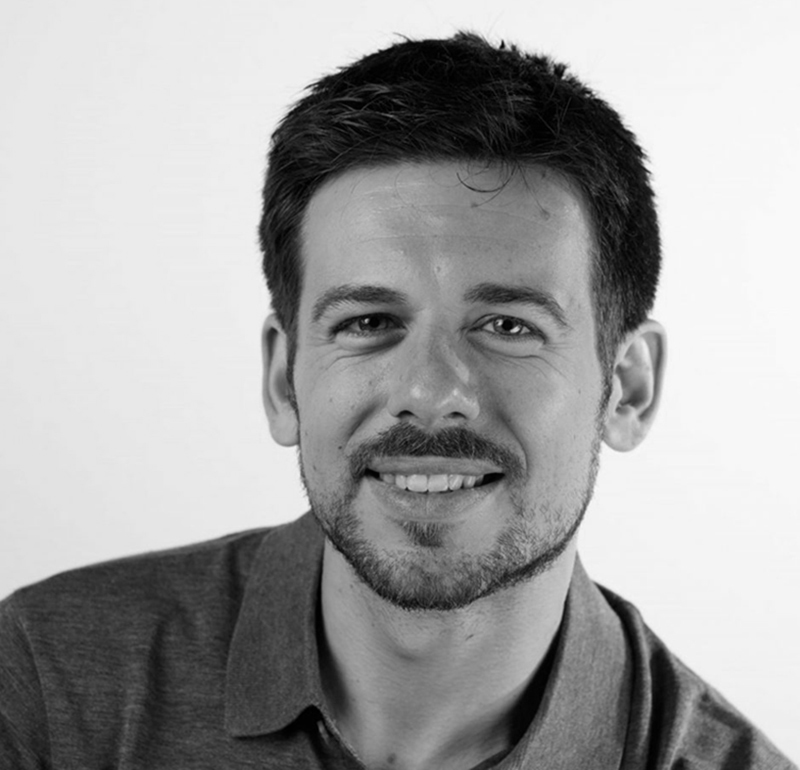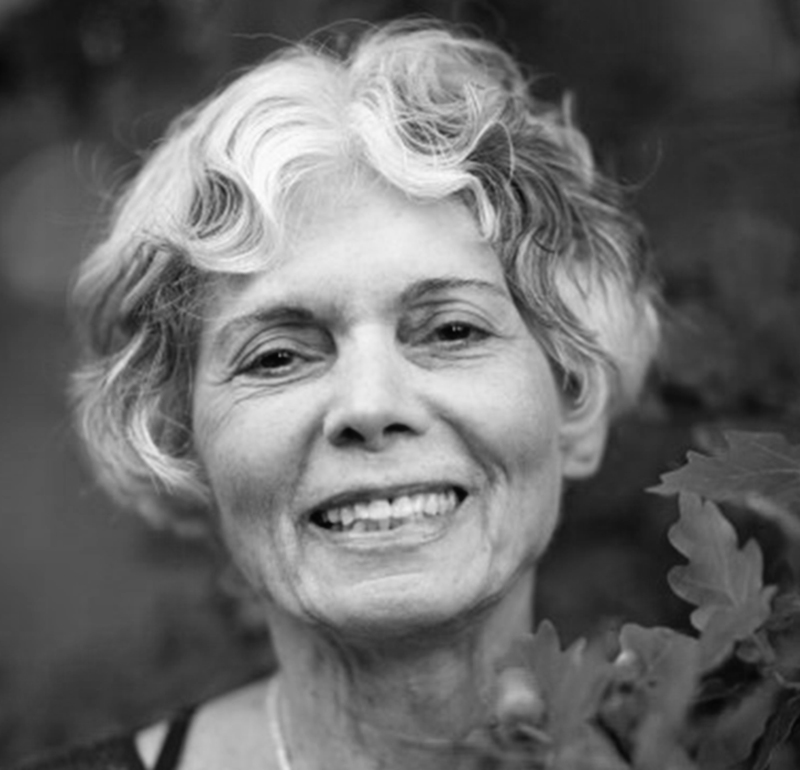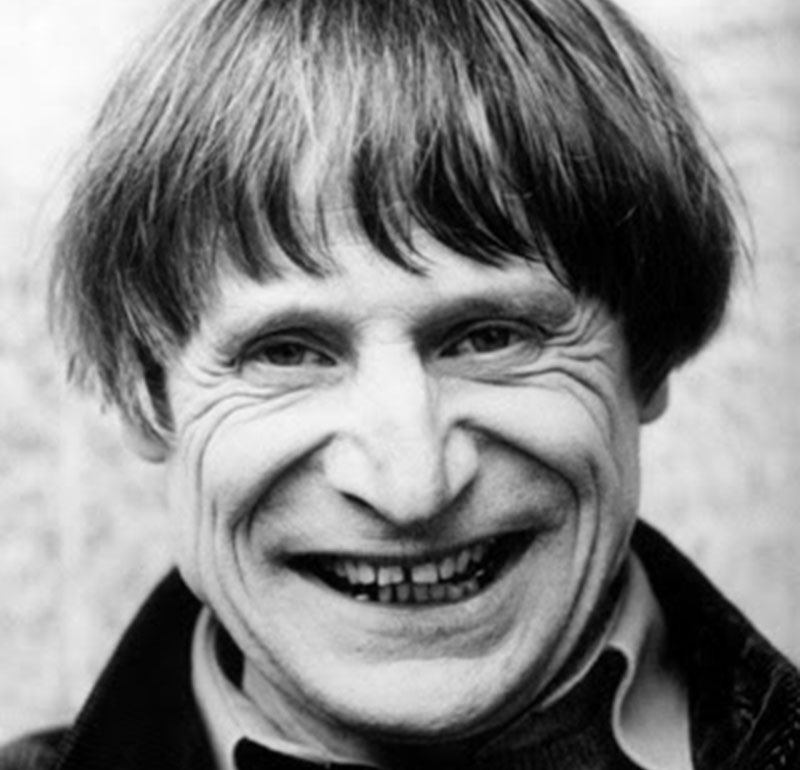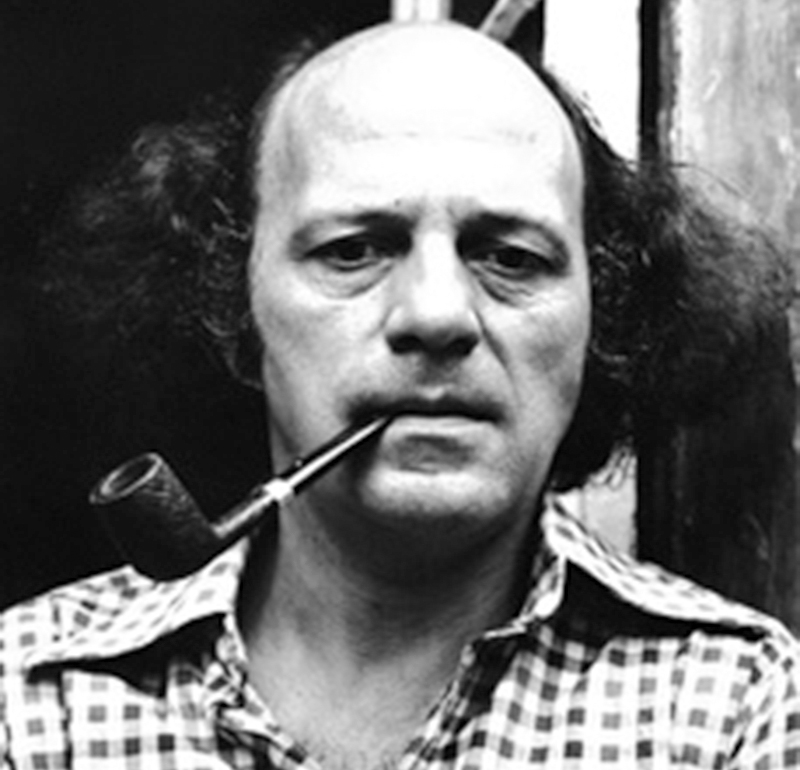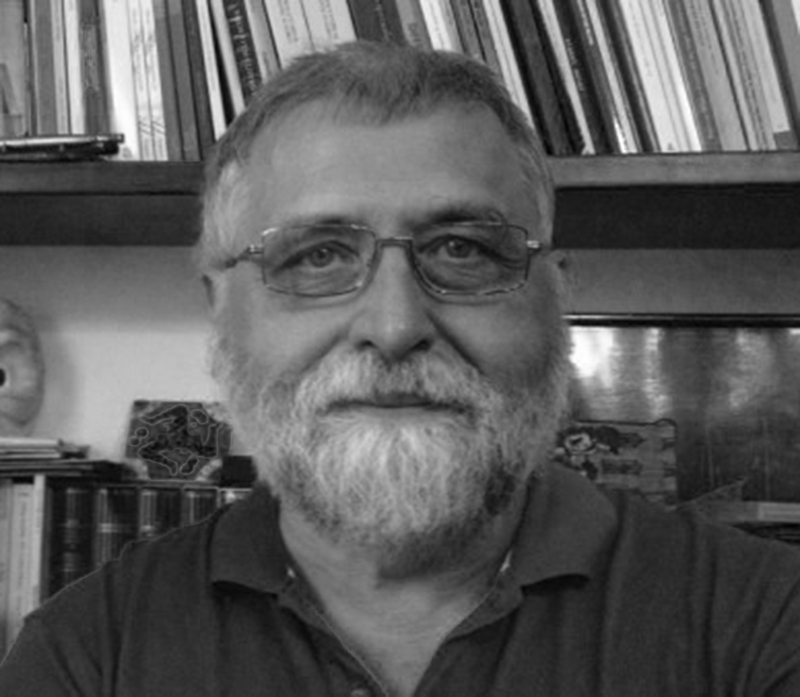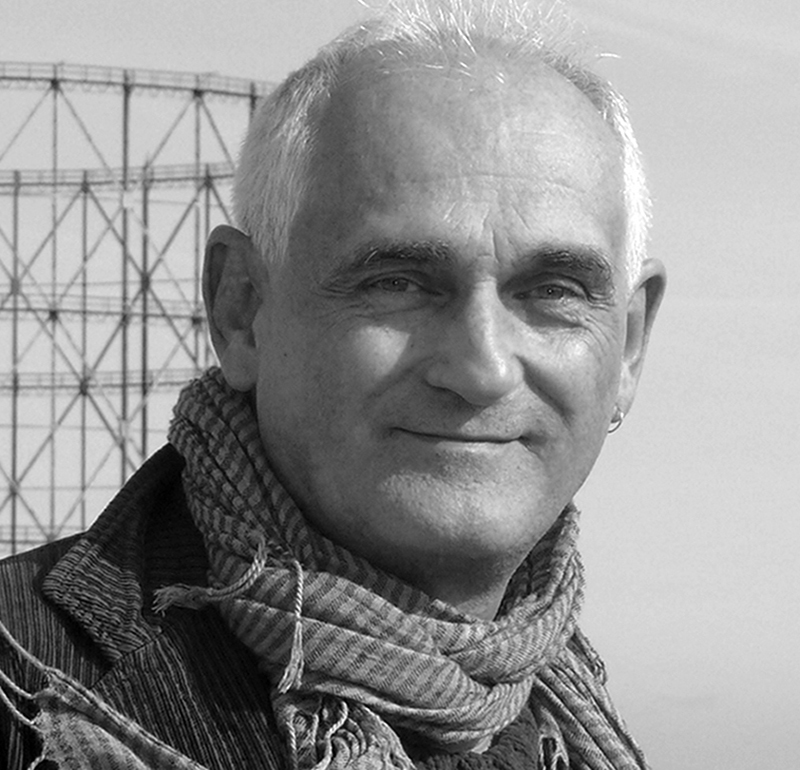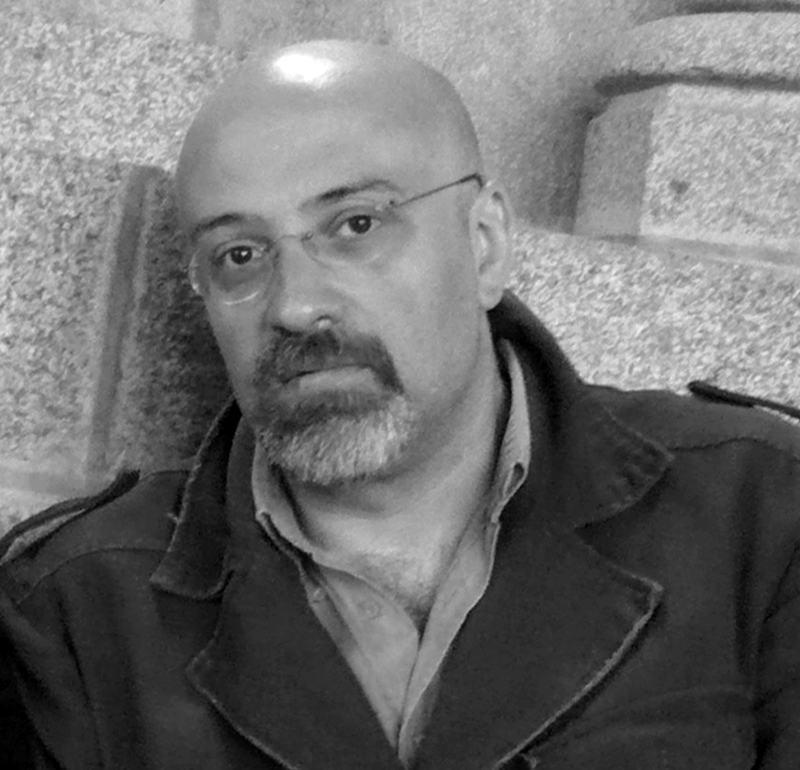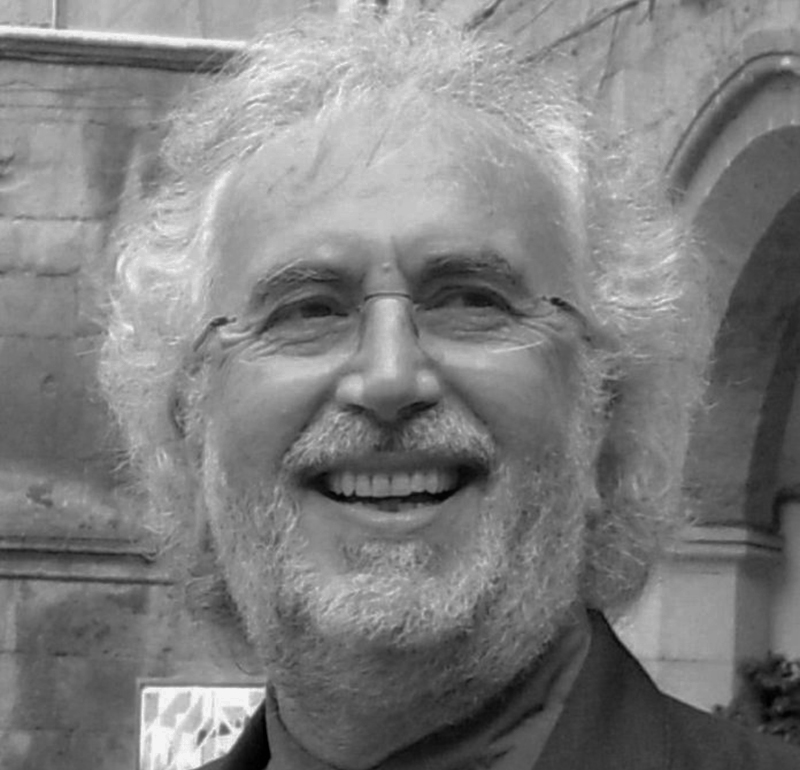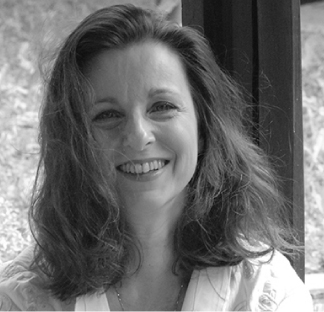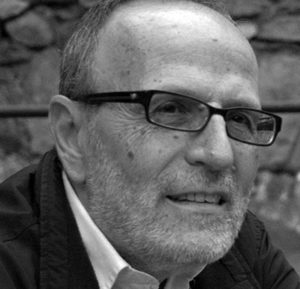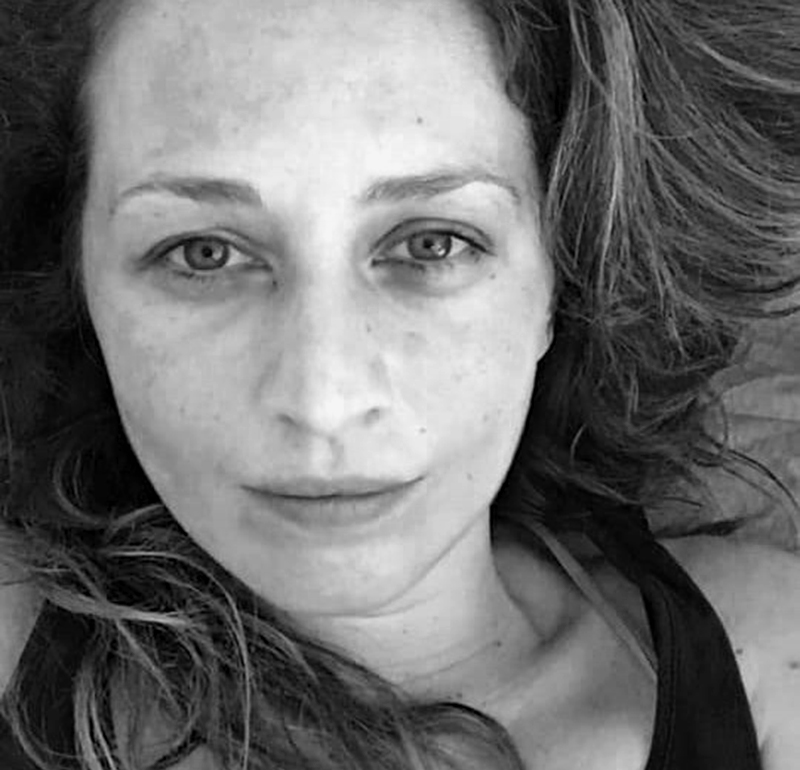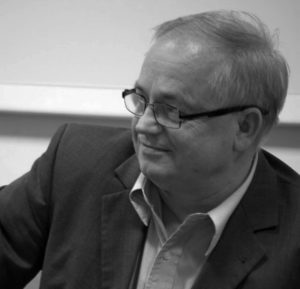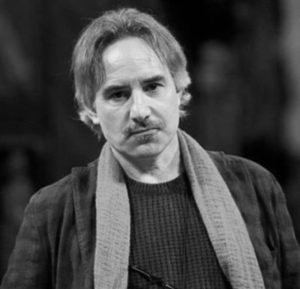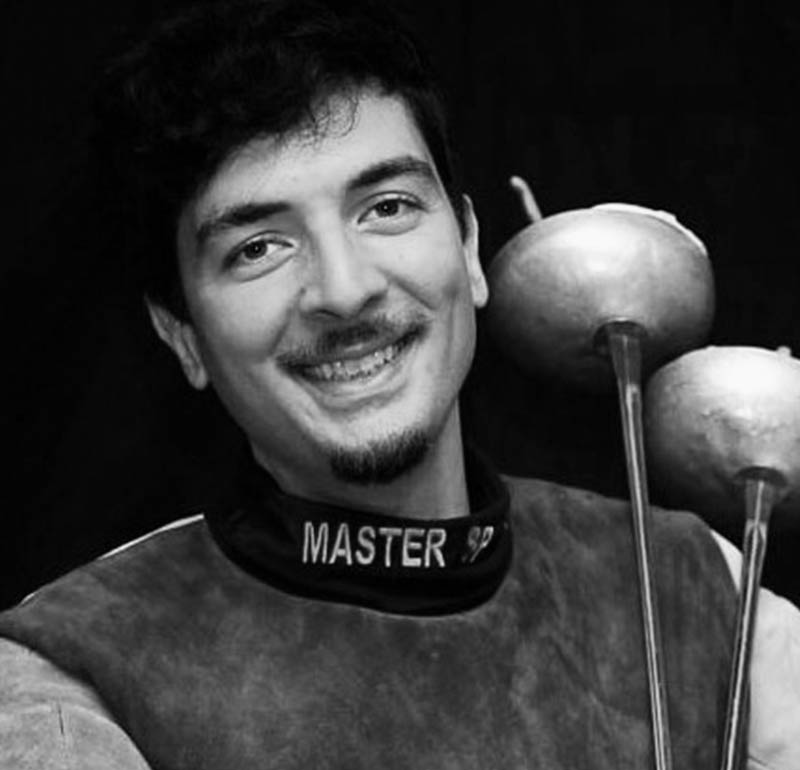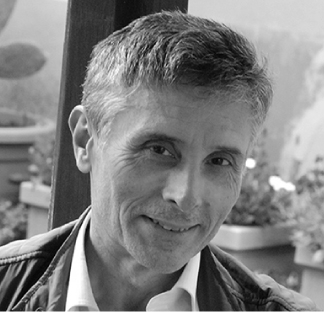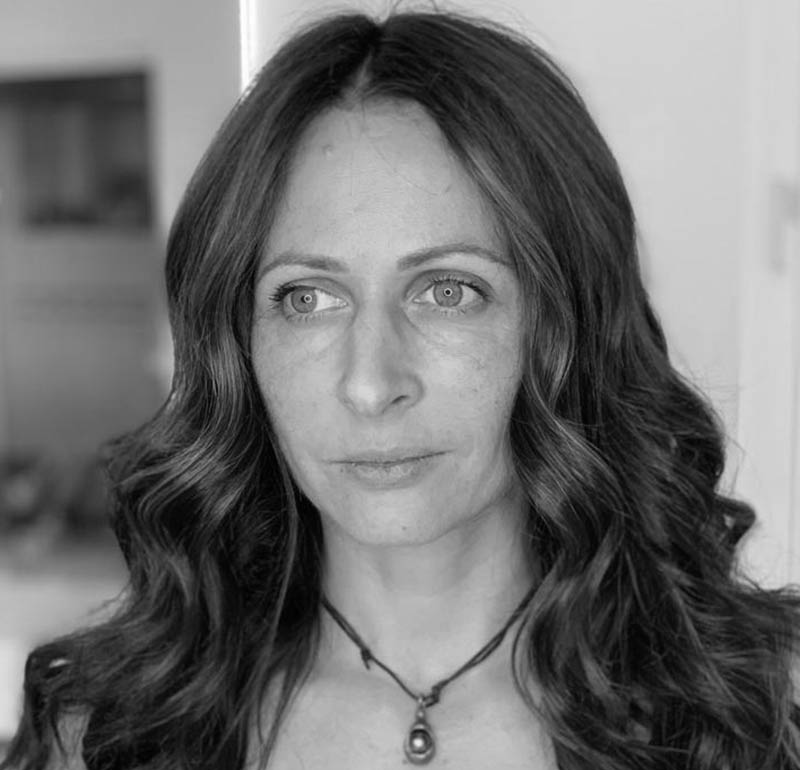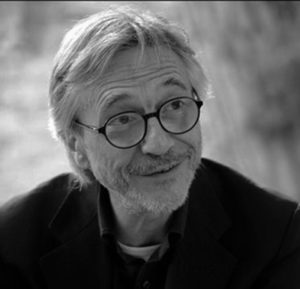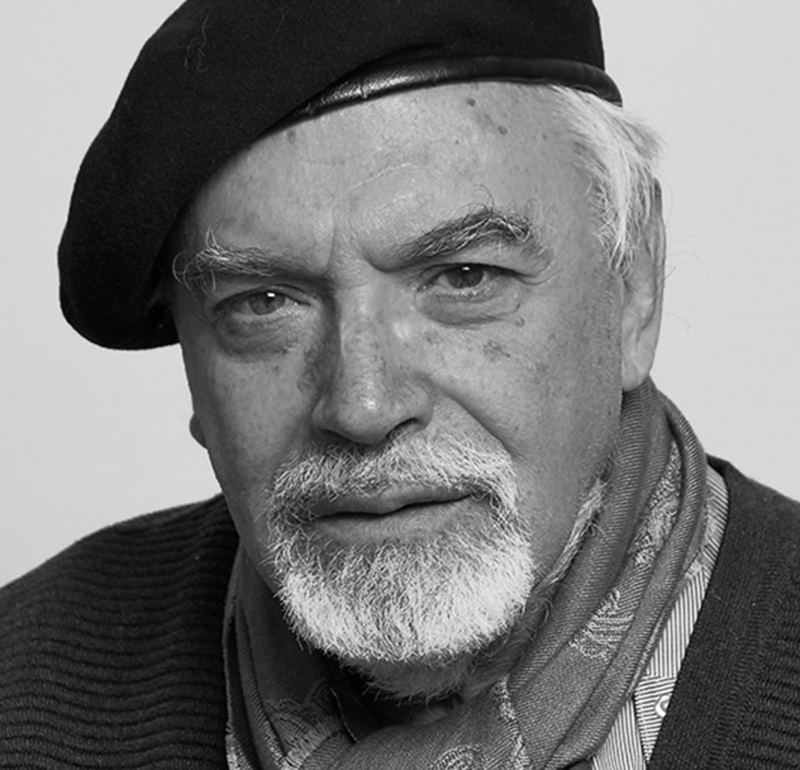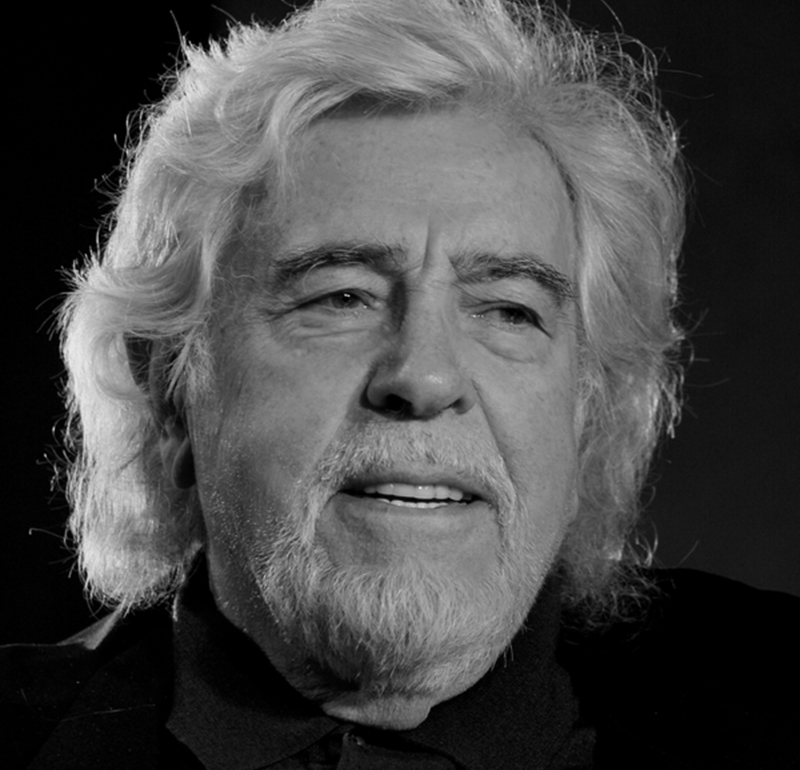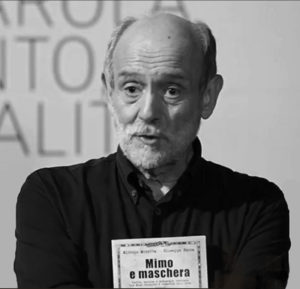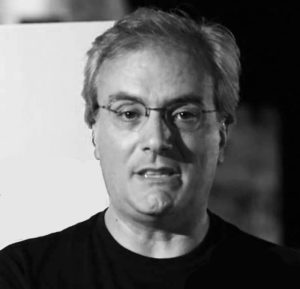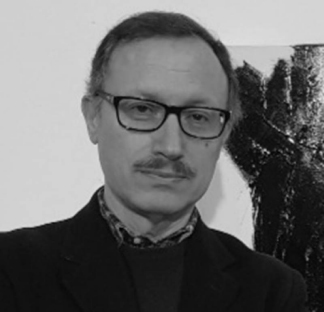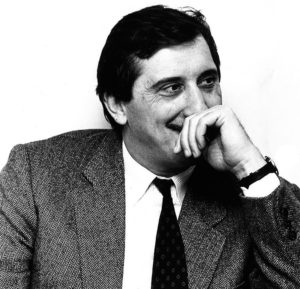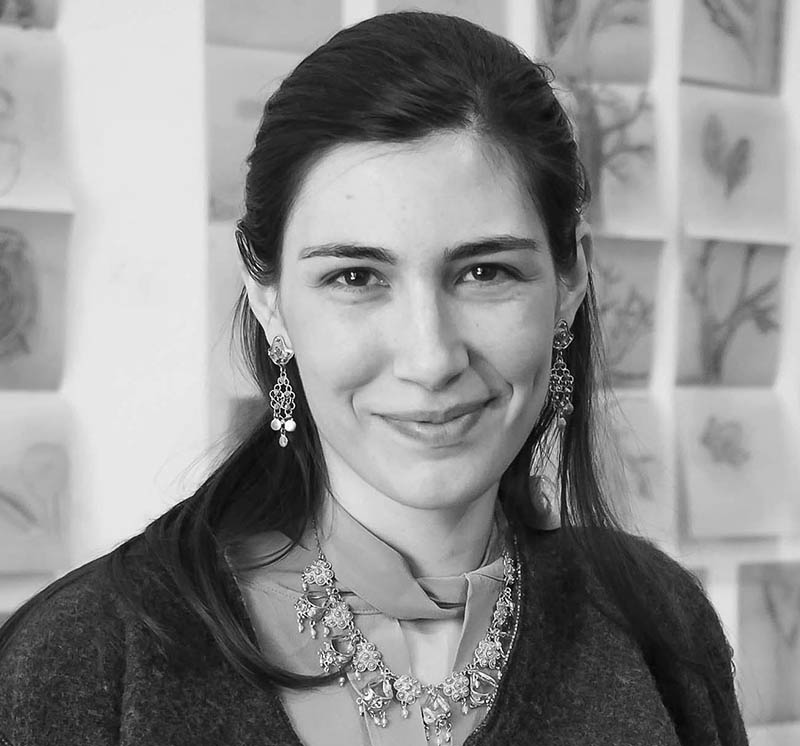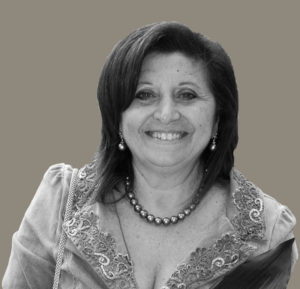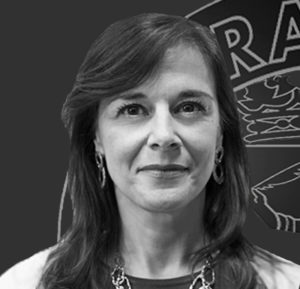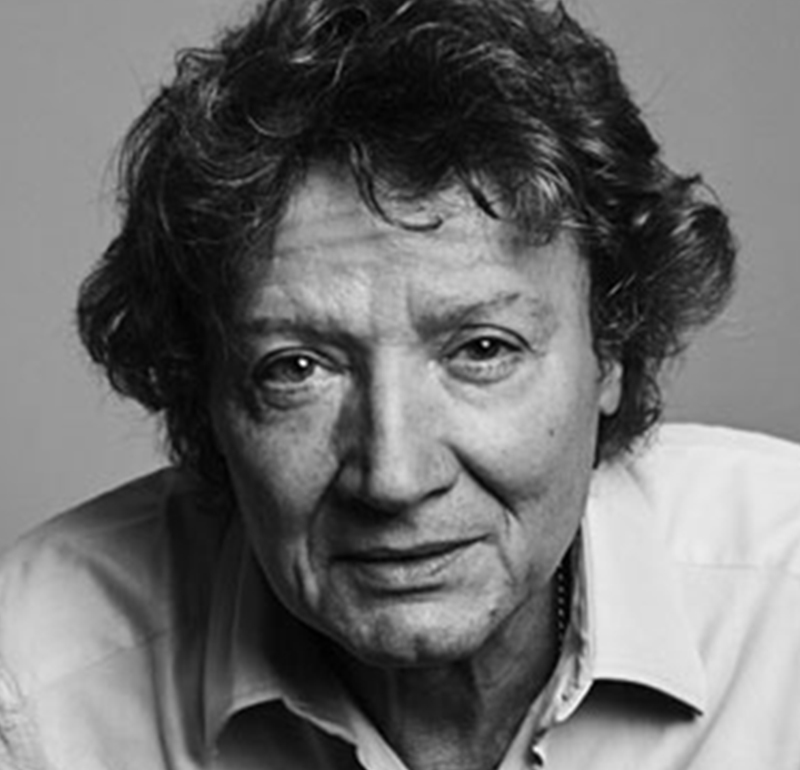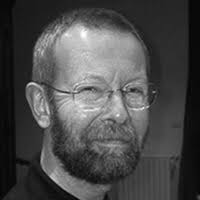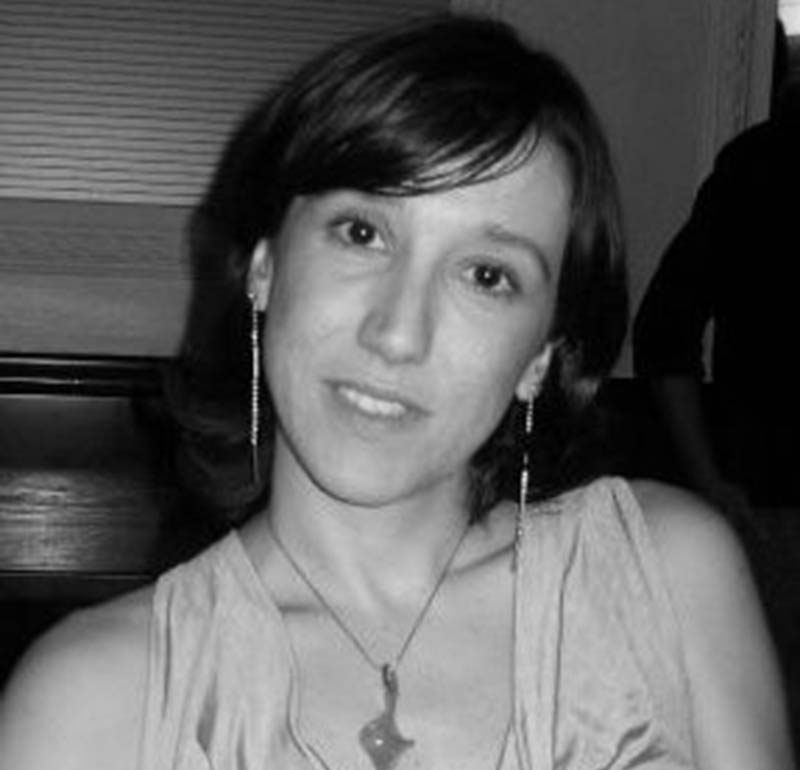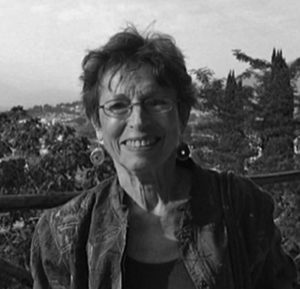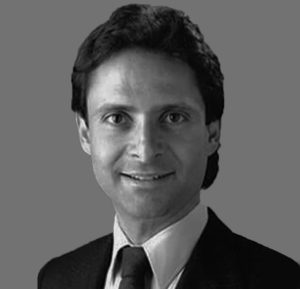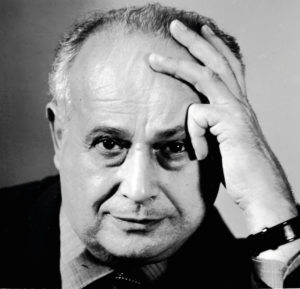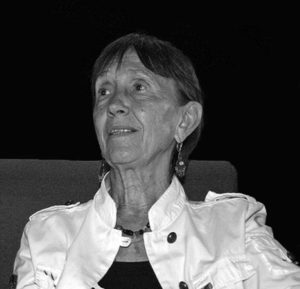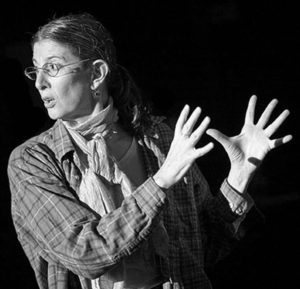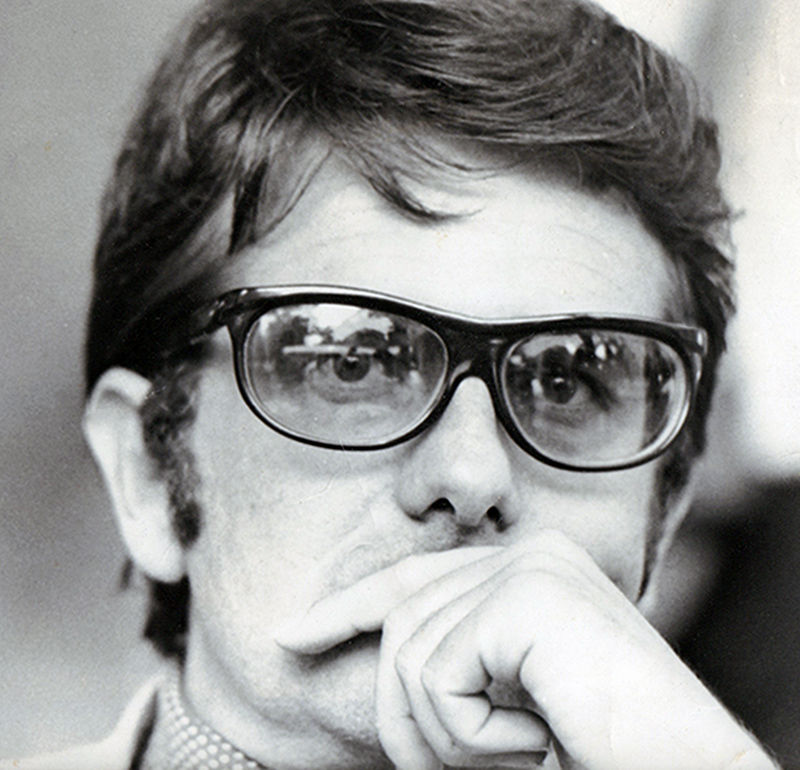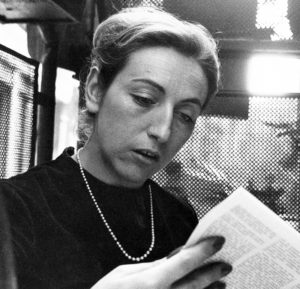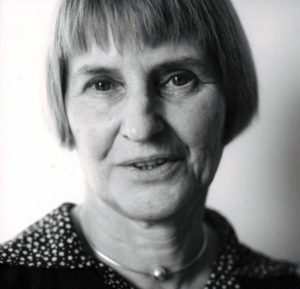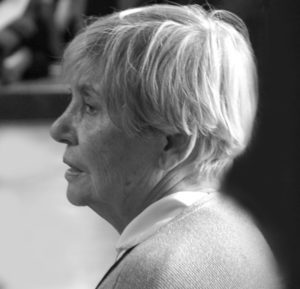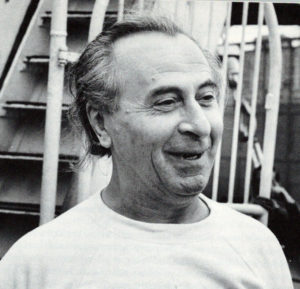-
Practical and research course using tools for mask work and everything that is defined as Commedia dell’Arte. The aim of the course is to reinvent and rediscover a concrete pragmatics of the actor and professional training by exploring techniques, poetics, visions and suggestions that have captured the creativity and imagination of authors, painters, musicians and directors active between the 19th and the 20th centuries such as Gian Pietro Lucini, Pietro Mascagni, Jacques Copeau, Alexander Blok, Elena Guro, Nikolai Evreinov, Vsevolod Meyerhold, Paul Cézanne, Pablo Picasso, Gino Severini, Ferruccio Busoni, Arnold Schönberg and Igor Stravinsky.
The course is held in two separate sessions (summer and winter); the summer session will focus on exploring the stock characters of the Zanni (servants), the Vecchi (the Old men), the Capitani (the Captains) and the Innamorati (the Lovers); the winter session will focus on exploring the stock characters of Pulcinella, Arlecchino, Brighella and Colombina.
At the start of each session, students will receive a complimentary handcrafted leather mask to wear for their interpretation and composition work. There will be an Open Class at the end of each session of the Higher Education Course: Contemporary Commedia dell’Arte Workshop.
You are free to enroll in either one or both sessions.
-
-
Teaching techniques
Copeau, Mejerchol’d, Dullin, Barrault, Feldenkrais, Pagneux. -
Qualification title
Specialisation Certificate in Commedia dell’Arte.
 Admissions policy and procedure winter session 2022
Admissions policy and procedure winter session 2022
 Application form winter session 2022
Application form winter session 2022
 About programme winter session 2022
About programme winter session 2022
 Admissions policy and procedures summer session 2023
Admissions policy and procedures summer session 2023
 Application form summer session 2023
Application form summer session 2023
 About programme summer session 2023
About programme summer session 2023
- Classes
• Mime; Acting; Commedia dell’Arte Masks
Michele Monetta
• Functional and Artistic Vocality, Feldenkrais Method; Eurythmics;
Renaissance Dance
Lina Salvatore
• Theatrical Fencing
Aldo Cuomo
• Rhythm and sound perception
Lorenzo Marino
• Historical Elements of Commedia dell’Arte
Annamaria Sapienza
• Theater as a profession: Cultural Policies and territorial organization of live entertainment
Costanza Boccardi
- Schedule and location
Winter Session: 7 – 19 November 2022, two weeks, seven hours per day.
Naples, Church of San Severo al Pendino, 286 via Duomo; about a 5 minute walk from the Duomo Metro stop (Line 1) and a 25-minute walk from the Montesanto Metro stop (Line 2).Summer session: 31 July-12 August 2023, two weeks, six hours per day.
Naples, Church of San Severo al Pendino, 286 via Duomo.
